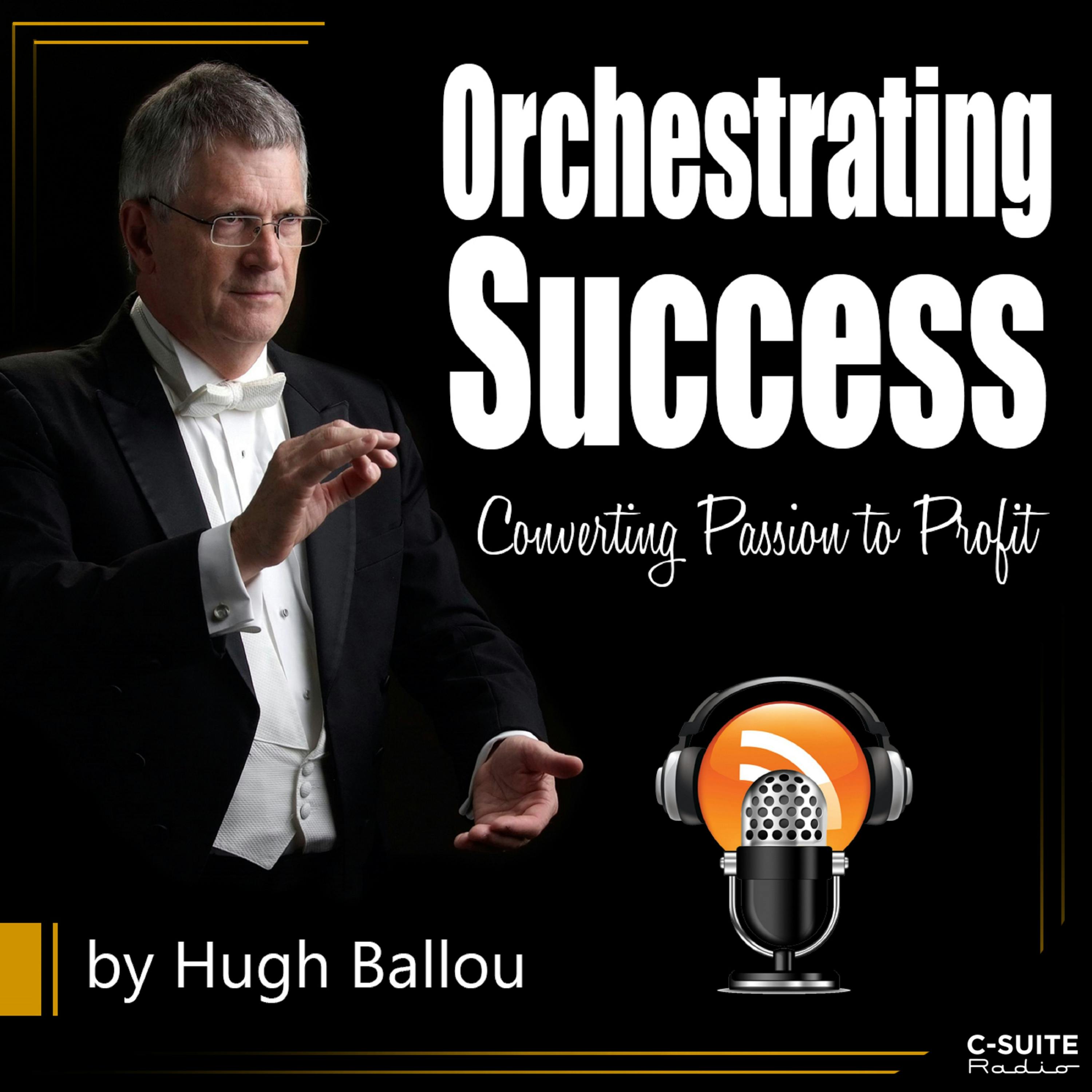OS 55: Leadership Skills: Evaluation

b'Continuous improvement requires systematic evaluation. Continuous improvement requires unfiltered evaluation. - Anonymous\\n\\nMastering the Evaluation is a Valuable Leadership Skill\\n\\nOften I interview a potential client and hear that they have a strategic plan\\u2026more often than not, it\\u2019s put away somewhere and dusty. In other conversations about creating a strategic plan, I hear the same story\\u2026we have completed the previous plan and need a new one. Both of these paradigms are very curious to me.\\n\\nOnce you create a strategic plan, it becomes an organic process which migrates over time. It\\u2019s really not very efficient to stop and regroup as if starting all over again. If there\\u2019s a long-term strategy, then it\\u2019s always a long-term strategy, if the leader commits to regularly evaluating the plan, revising and updating the plan, and recommitting to the plan. It\\u2019s an ongoing process and not a stop and start process.\\n\\nI\\u2019ve also written about the most dysfunctional systems in organizations, and one of those is the annual review*. Instead of waiting for a full year to evaluate, set up an ongoing system of evaluation and course correction.\\n\\nSet Aside Time for Evaluation\\n\\nWe do not set aside time to plan and evaluate. Let\\u2019s face it. We don\\u2019t do it. Most of us don\\u2019t do it. I teach this and I must still force myself to do it. Our lame excuse is that we don\\u2019t have time. We don\\u2019t have time because we haven\\u2019t defined the value for the evaluation and we haven\\u2019t defined the cost for lack of evaluation. It\\u2019s very costly to have to repeat, undo, or redo things and it\\u2019s very destructive to the morale of the people.\\n\\nA tradition in strategic planning is to do a S.W.O.T. (define the Strengths, Weaknesses, Opportunities, and Threats). That\\u2019s a broken model which puts us back into the traditions that have caused us problems in the first place. It\\u2019s time to rethink evaluations.\\n\\nI have used a simple model for many years. It came from my training as a meeting facilitator. It\\u2019s an efficient use of time and resources and exposes things that need attention. Simple is good.\\n\\nHere are the Key Steps\\n\\nFirst, define what you and the team are evaluating: Is it the plan? Is it the process? Is it the team? Is it the organization? Is it the skills? etc. You get the idea. If you are conducting an evaluation, then define what is being evaluated.\\n\\nNext, define the protocol for team interaction. Be sure to include everyone who has information to share. Often, I include the janitor or phone receptionist in an organization because they know things that nobody else knows. It\\u2019s important to get the full picture when evaluating things. Certainly the data intake and the planning are not both appropriate for everyone in the organization, so separate the functions and invite the appropriate participants. Then define how the group will interact. Declare that the session is a safe space to speak the truth kindly. It\\u2019s important to get data and not important to blame people. Address the facts and don\\u2019t blame. This way you will get more useful and accurate information.\\n\\nIt\\u2019s important to separate the evaluation and the planning. The evaluation provides perspective for the planning. Allow time for gaining perspective, to think about the information, and to regroup for moving forward. Information overload and rush to implementation can both be problematic.\\n\\nHere\\u2019s my simple three-step evaluation:\\n\\n1) What\\u2019s Working: Or what we do well. Define the valuable skills and processes to KEEP. When making changes later, it\\u2019s important that we don\\u2019t throw out the baby with the bath water, as the old expression goes. Define the core competencies and systems that are valuable and build on those.\\n\\n2) What Needs Changing: This is not a negative, a critical activity like we get when defining weaknesses in a SWOT. This is honestly identifying things that could be better or things that we might want to STOP doing.\\nLearn more about your ad choices. Visit megaphone.fm/adchoices'